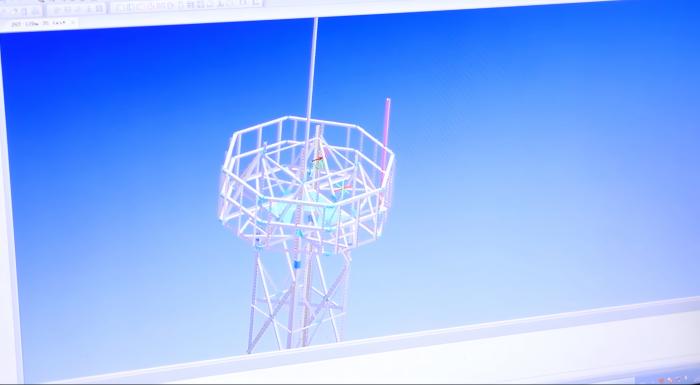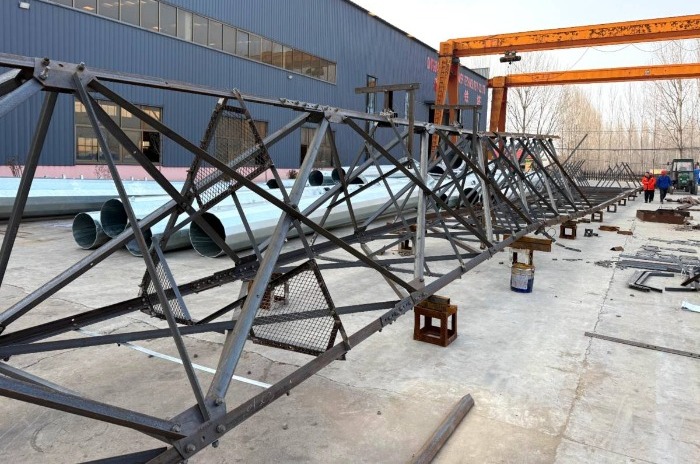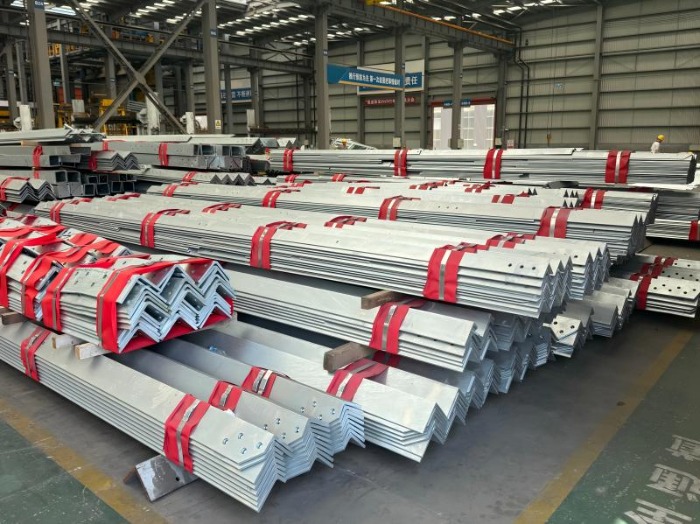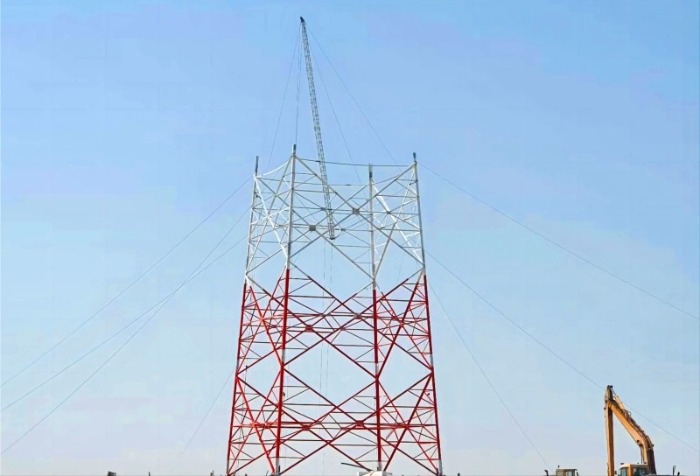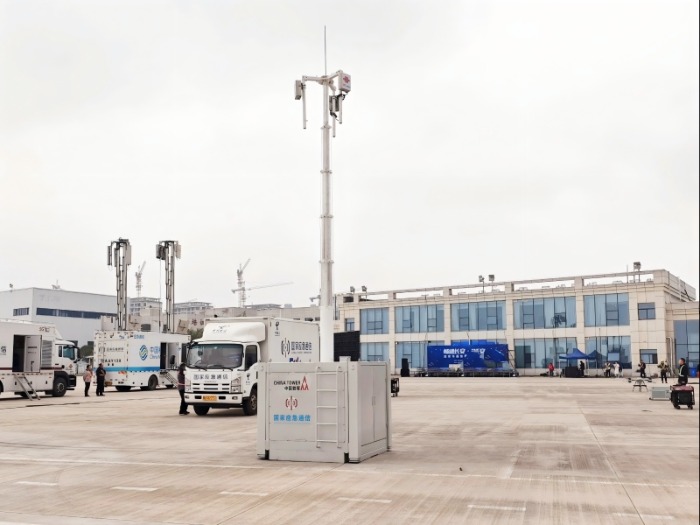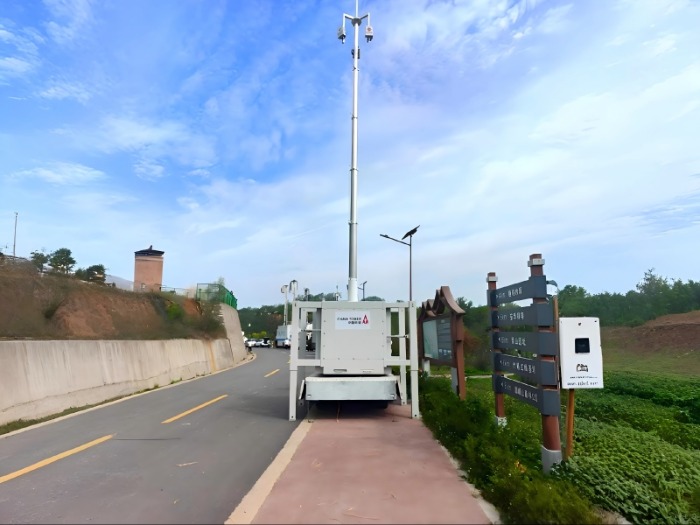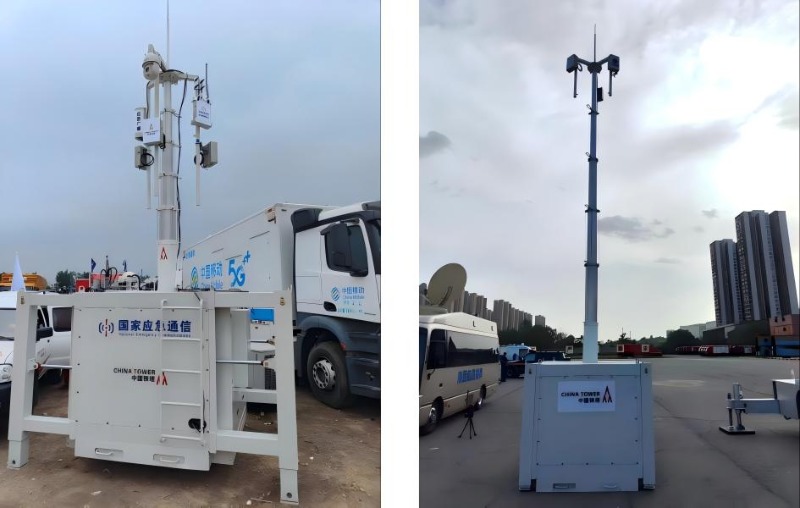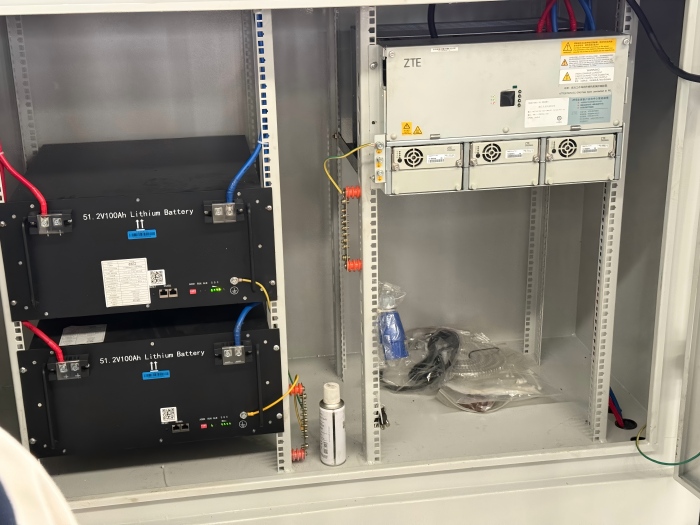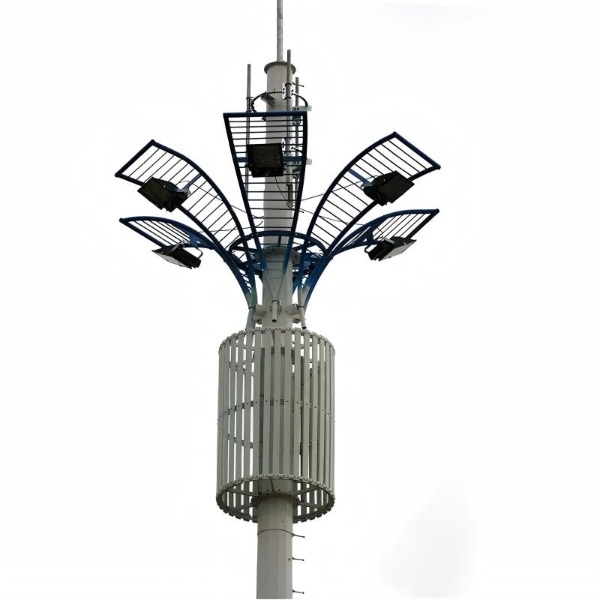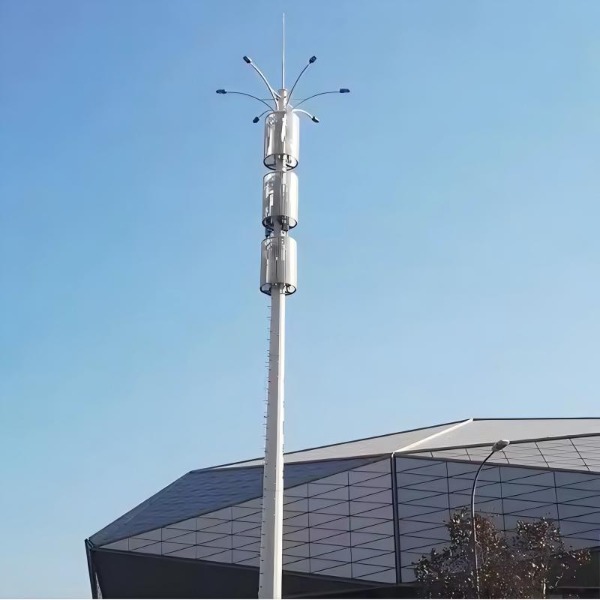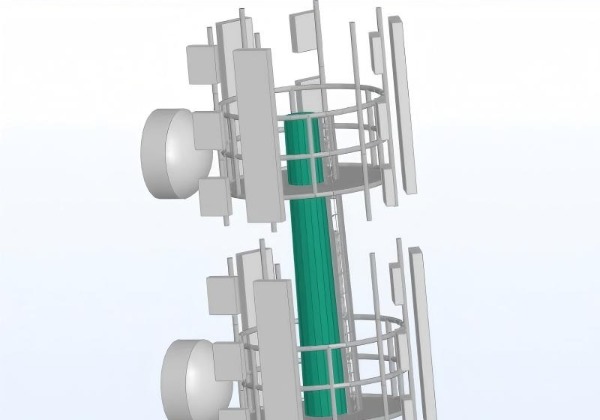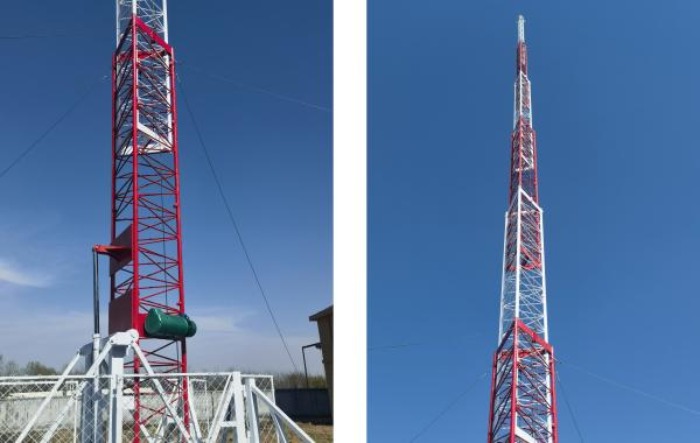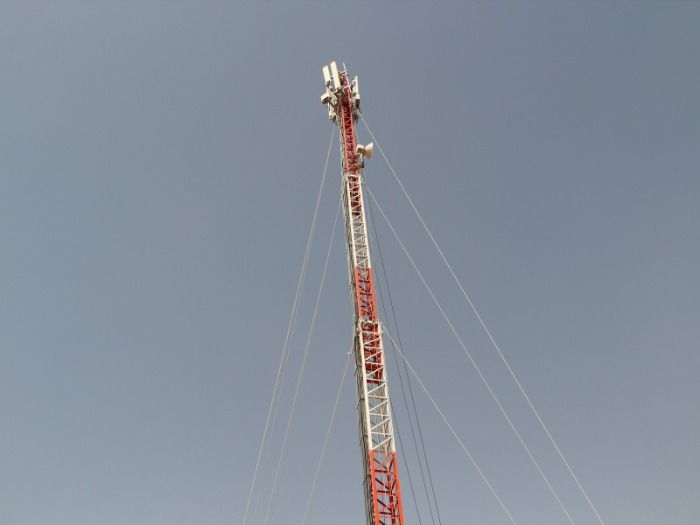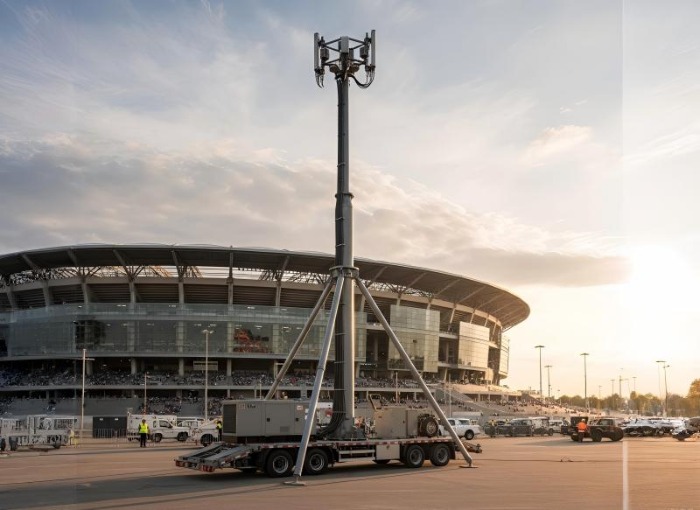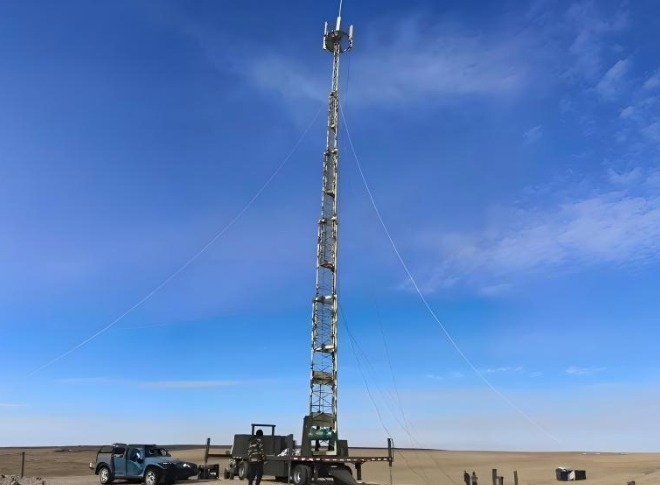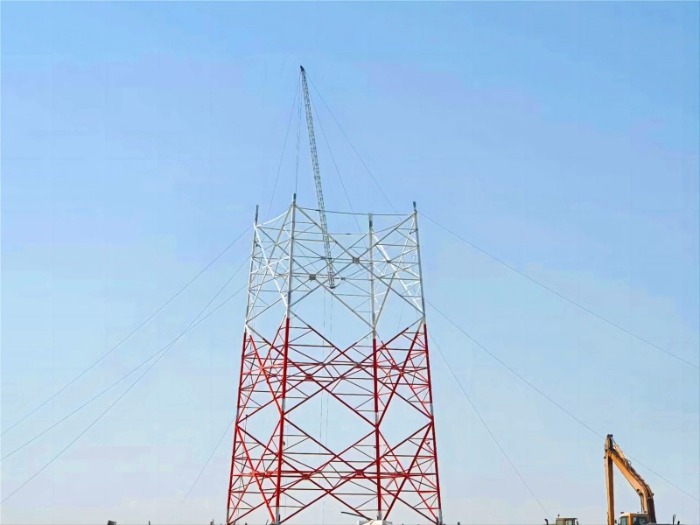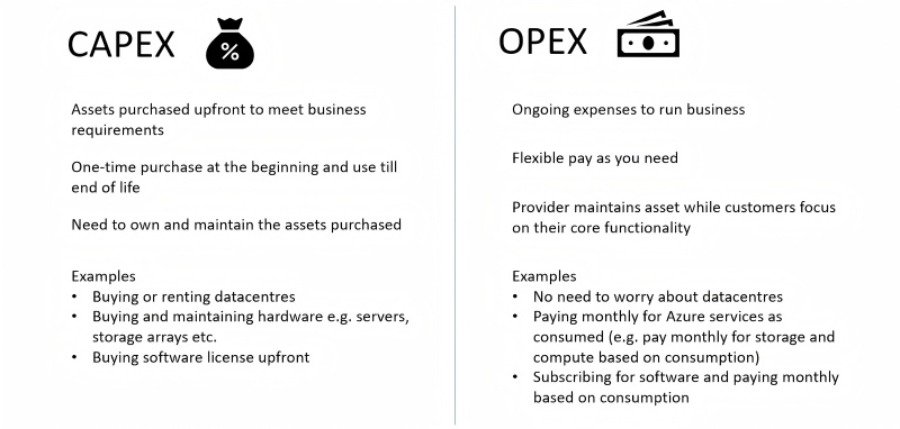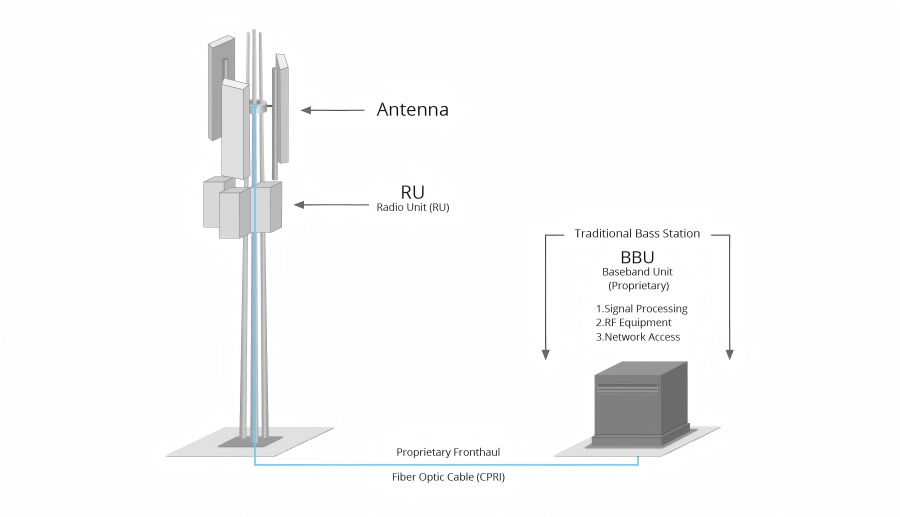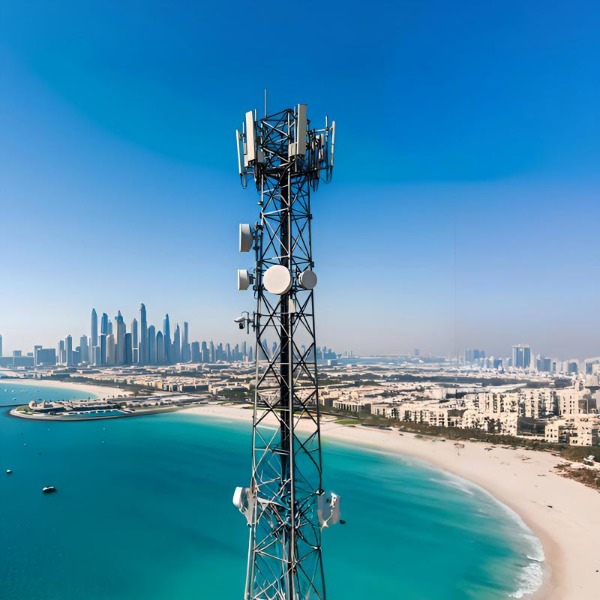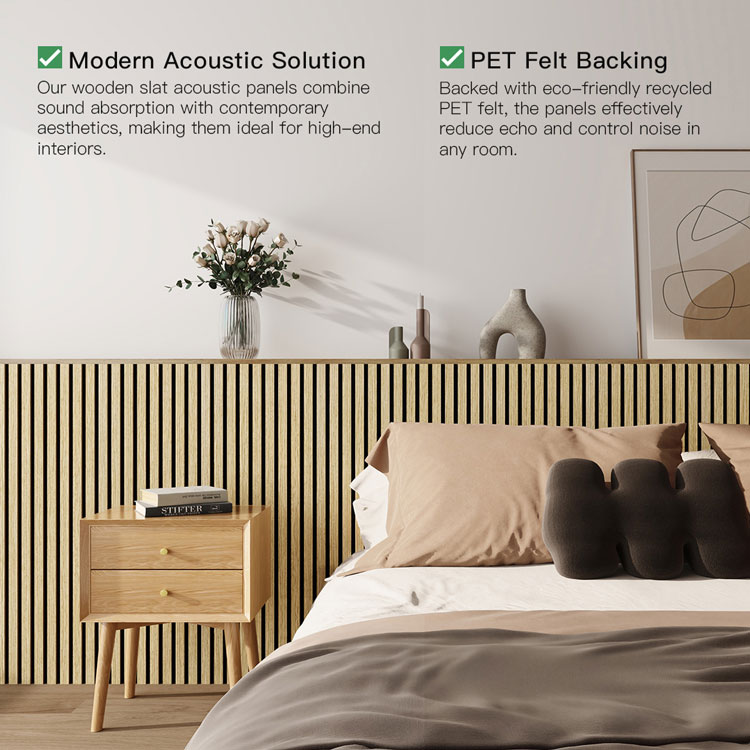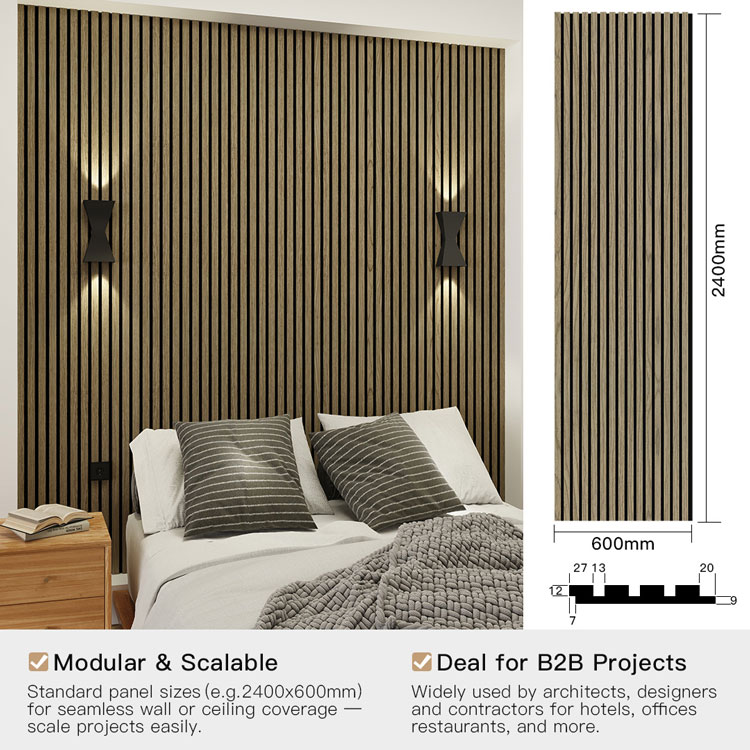In today's fast-changing environments—whether in urban development, remote areas, or emergency scenarios—the need for reliable and rapidly deployable communication infrastructure has never been greater. The Emergency Telecom Cabinet offers a versatile and efficient solution designed to meet these demands with minimal setup time and maximum flexibility.
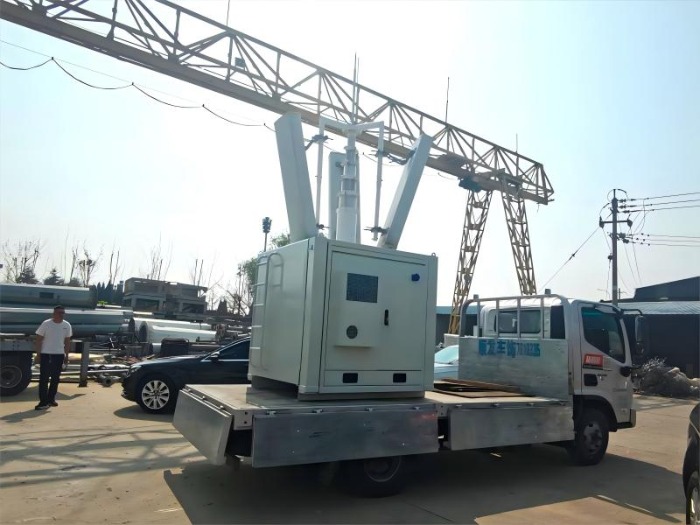
Developed with mature and reliable technology widely adopted across China, this mobile hydraulic lifting tower integrates communication equipment, power systems, and structural components into a compact and transportable unit. It is engineered to support rapid network deployment in a variety of settings, making it an ideal tool for both temporary and semi-permanent communication coverage.
Key Features and Benefits
Rapid Deployment:
The Emergency Telecom Cabinet can be fully deployed within 30 minutes to 2 hours, depending on the scenario. Its automated hydraulic system allows for quick setup without the need for heavy machinery or extensive manual labor.
Easy Transportation and Mobility:
With a compact folded size of 1.8m (L) × 1.8m (W) × 1.6m (H) and a built-in self-loading/unloading function, the unit can be easily transported using a standard truck. This makes it suitable for repeated relocation, reducing the need for multiple fixed installations.
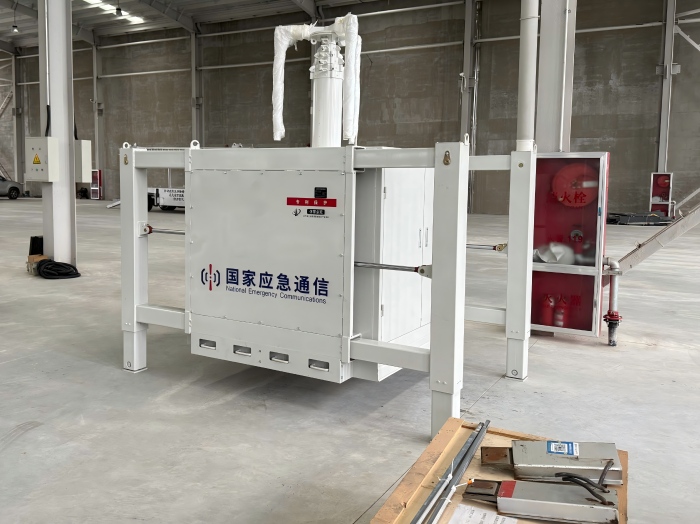
Telecom Cabinet for National Emergency Communication
Cost-Effective and Reusable:
Unlike traditional base stations, which often involve high construction costs and permanent land use, this mobile cabinet can be reused across multiple locations and events. It offers a low total cost of ownership while maintaining high performance.
Multidimensional Application Scenarios
The flexibility of the Emergency Telecom Cabinet has been proven across a variety of settings:
-
Emergency & Disaster Response: Used during natural disasters such as typhoons and floods to restore communication swiftly.
-
Public Events: Deployed for expo and conference coverage—such as during the Shanghai import expo—without damaging existing infrastructure.
-
Temporary Sites: Ideal for construction zones, “bone sites” (long-disputed or difficult locations), and historic scenic areas (e.g., Xi'an's Huaqing Palace) where permanent construction is restricted.
-
Remote & Industrial Use: Supports smart mining and rural connectivity with easy relocation and minimal repeated investment.
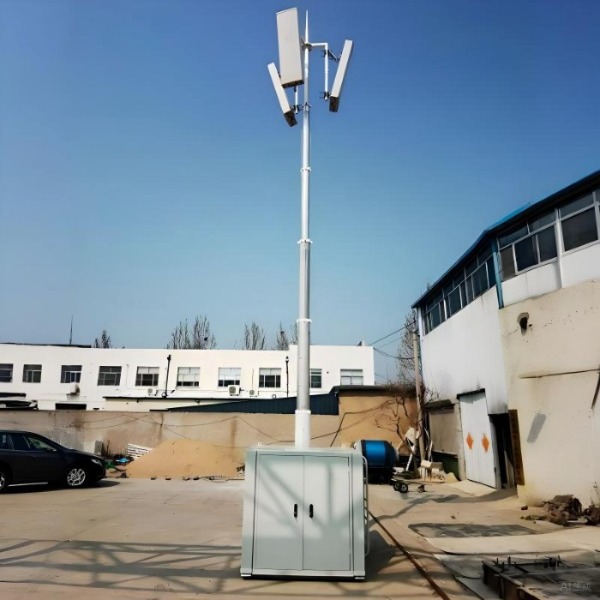
Resilient and Self-Sufficient:
Equipped with an integrated power system—including backup batteries and a switching power supply—the cabinet can operate independently in areas with unstable or no grid power. It also supports remote monitoring and wireless control, enhancing operational safety and efficiency.
Proven Performance in the Chinese Market:
With multiple real-world implementations across China—from Hainan to Shanghai, Xi'an to Inner Mongolia—the technology has been refined to meet diverse environmental and operational challenges. It has received positive feedback from both telecom operators and government users.
Conclusion
The Emergency Telecom Cabinet represents a practical and forward-thinking approach to modern communication challenges. By combining rapid deployment, high mobility, and proven performance, it provides a reliable and economical alternative to conventional base stations. Whether supporting urban transformation, emergency communications, or temporary network expansion, this solution stands out as a smart choice in today's dynamic world.
Click here to learn more about the product.

